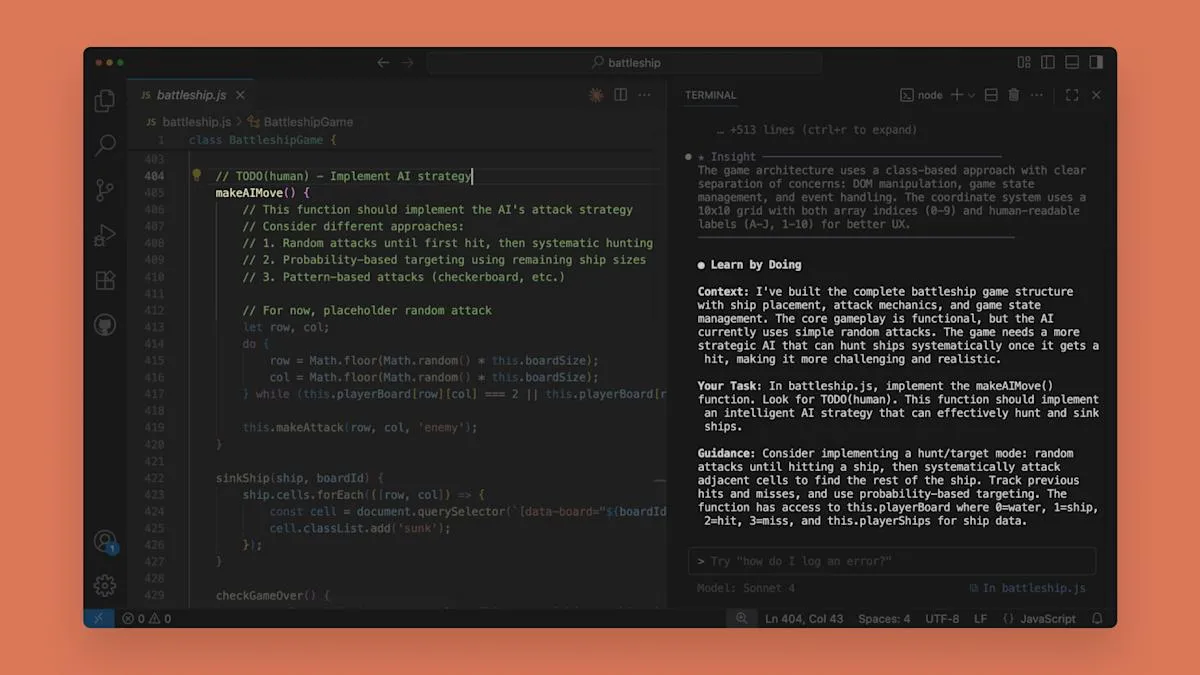
This past spring, Anthropic made a significant move in the AI landscape by introducing the learning mode, a feature that transformed how users interact with Claude, their advanced chatbot. Initially available exclusively for Claude for Education users, this innovative mode allows the chatbot to guide users toward discovering solutions rather than simply providing answers. Since its launch in April, learning mode has garnered attention for its unique approach to user engagement.
Now, following in the footsteps of OpenAI's Study Mode, Anthropic is excited to announce that learning mode is accessible to all Claude.ai users. Starting today, users will notice a new option in the style dropdown menu labeled Learning. This feature mirrors the experience offered in Claude for Education, emphasizing a Socratic approach to problem-solving. When users activate learning mode, Claude will engage them by guiding them through their inquiries, encouraging independent thought and exploration.
Unlike the historical Socrates, known for his relentless questioning, users have the flexibility to deactivate learning mode at any time. Furthermore, Anthropic presents two distinct interpretations of this feature through Claude Code. The first is the Explanatory mode, where Claude elaborates on its thought process, helping users understand its decision-making. This is particularly beneficial for those seeking to enhance their coding skills.
The second option, also called Learning, caters specifically to novice programmers. In this mode, Claude will intermittently pause its tasks, inserting a TODO comment to prompt users to write five to ten lines of code. This interactive feature encourages hands-on learning and coding practice, making it an excellent resource for those beginning their programming journey.
To explore these new features, users should ensure they have the latest version of Claude Code. Simply type /output-styles to select between the two modes or revert to Claude's default behavior. This update signifies Anthropic's commitment to enhancing user experience and learning opportunities.
Drew Bent, the education lead at Anthropic, shared insights about the motivation behind learning mode. He expressed that the feature aims to transform Claude into a more collaborative tool. "It's great that there's a race among AI labs to offer the best learning mode," he remarked, emphasizing the importance of effective learning tools in programming. Bent noted that the original concept for learning mode stemmed from conversations with university students who recognized the pitfalls of simply copying and pasting responses from chatbots, which they referred to as brain rot.
When adapting this feature for Claude Code, Anthropic focused on balancing the needs of both novice and experienced programmers. Bent stated that learning mode is designed to assist all users not only in completing tasks but also in fostering growth and deeper understanding of their code base. His aspiration is that these tools will empower coders to evolve into proficient engineering managers, capable of discerning how code segments integrate and identifying areas for improvement.
In conclusion, the introduction of learning mode and its variants in Claude Code marks a pivotal advancement in AI-assisted learning and coding. By fostering independent thought and providing interactive learning opportunities, Anthropic is setting the stage for a new era of programming education. Users are encouraged to leverage these features to enhance their skills and gain a deeper understanding of coding practices.